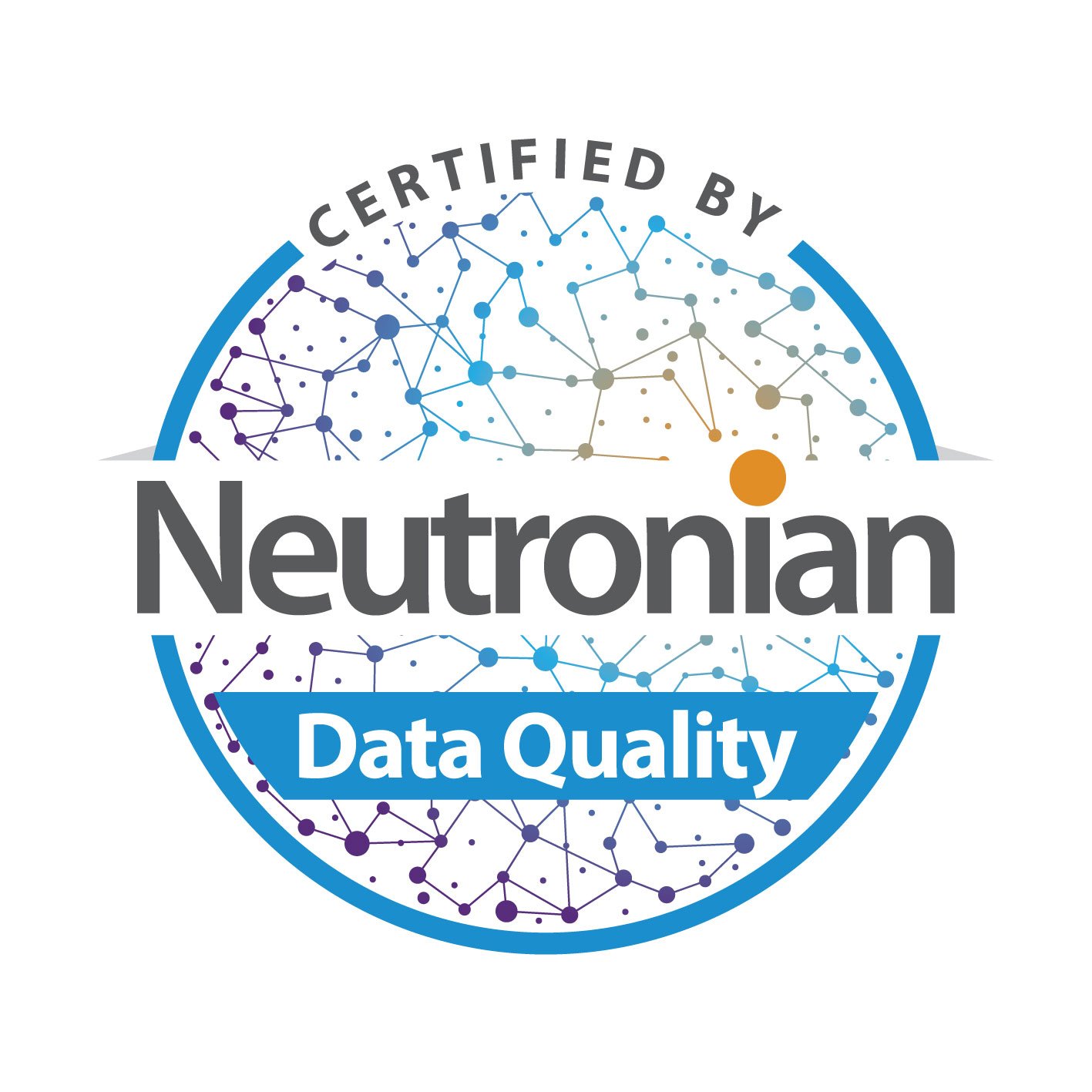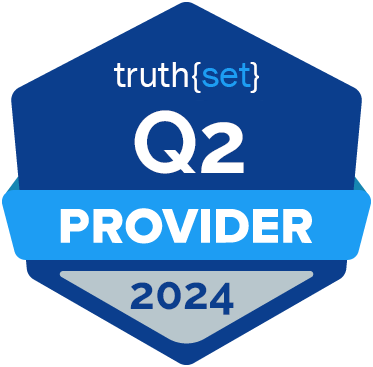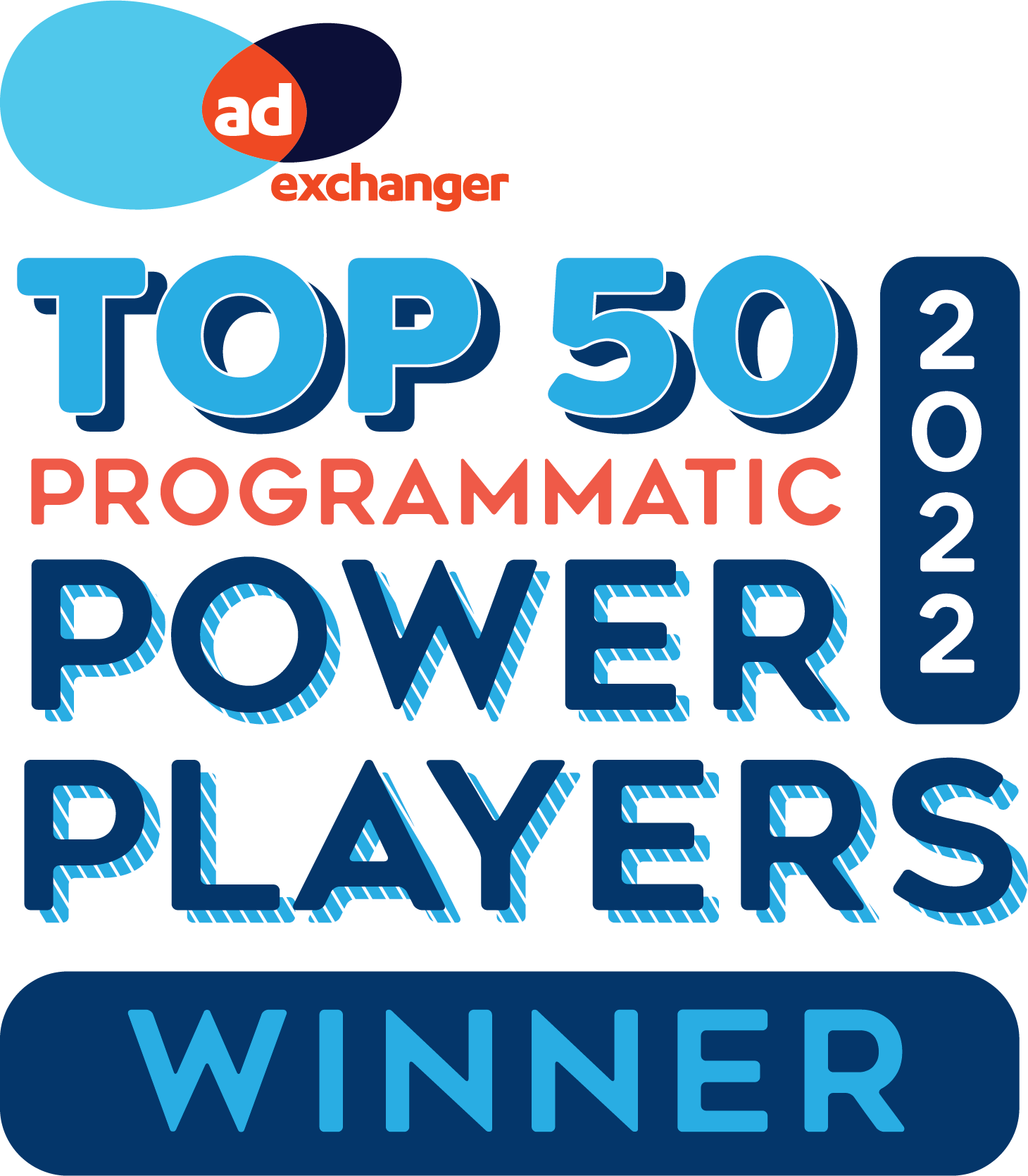Previously featured on the ANA
Brands are turning to streaming and other advanced TV formats en masse, looking to reach consumers who may or may not be accessible via cable with TV creative and the engagement that it brings. This comes with the added promise of the dynamic targeting capabilities marketers have come to expect from digital advertising.
That’s a lot of qualifiers! With all those criteria, it’s easy to see how any misstep might create disappointment for advertisers. The latest potential fly in the ointment of the growing CTV ecosystem is that despite improved targeting, the underlying data sets may not be up to snuff.
For CTV to truly take off as the powerful addressable branding and performance channel that advertisers want it to be, the industry needs to grasp the nuances of quality datasets in the match process and the impact of poor matching protocols (i.e. the actual graph or matching can be causing quality issues).
The “Easier Said Than Done” Matching Process
Matching is the process of taking two data sets and linking them on a common identifier. In TV, these two sets are the target audience and the TV platform's viewership audience. The resulting “match rate” is the percentage of users from an audience segment that a platform is able to recognize. While this sounds simple in theory, there are many factors that can complicate matters and affect the desired targeting outcome. From household vs. individual-level targeting, to platform fragmentation, to cross-device matching and more, you can see why this topic requires ample guidance.
Data Quality Matters
Gaining a better understanding of data’s origins and best practices in the matching process is the key to CTV targeting success. Marketers will need to dive deeper into the data being used to build matches including user behavior, viewership, preferences, demographics, purchases and more. This can come from a combination of first-party and third-party data via a matching process leveraging a universal ID.
Unfortunately, third-party data has carried a reputation of being less reliable or sourced by nefarious means, to the point that nearly everyone equates “third-party” to “poor quality.” Meanwhile, anything that can accurately be called “first party” carries a halo signifying its value. There is plenty of first-party data that isn’t clean, accurate or usable, and there are ample third-party providers that hold themselves to high standards in terms of accuracy and compliance. Low-quality, inaccurate data from any source has a negative impact no matter, perhaps most importantly when it comes to matching.
For the most complete picture of a target audience marketers should seek out data that accurately delivers television behaviors, viewing, subscriptions and more from deterministic and probabilistic data sources. The quality of the base data, including everything from hygiene, accuracy, and recency, is critical. Matching on just a hashed email, without an accurate email address will naturally lead to low match rates and scale issues.
Match rates are dependent on platform
In theory, match rates should be equal across platforms and processes, but we don’t live in an ideal world. Advertisers need to consider many different identifiers simultaneously if they want a strong blended match rate they can scale a buy against. This often involves the CTV provider sharing an IP address, which gets linked into the DSP that the buyer is using, and gets matched with a hashed email or worse, a cookie, that an audience is using as an identity key. IPs themselves are not static per household and constantly change, so maintaining an IP to a household graph defined by hashed email or name/address, isn’t always effective.
Another challenging issue across platforms is the multi-household graph conundrum. Digital has long been thought of as a one-to-one ad buy, with each impression targeting a single device. However, digital audiences can either be created as one-to-one (individual) or multi-person (household). The latter leverages the data provider’s household graph. However, advanced TV platform targeting is typically at the household level and assumes audiences are at the individual level. Data targeting accuracy is then watered down when a household-level audience is passed onto an additional household graph of a platform. Without any standards or guidelines in place for advertisers or data providers to follow, the end result targeting accuracy suffers.
Viewing behavior can also impact the accuracy of the match, starting with logging into a streaming account from a different location, whether that’s through one consumer traveling, or the account being shared among several different households. The issue then isn’t one of match rates, but of identity.
Brands and agencies should be more concerned with overall match processes than they are with the resulting match rates. Matching identities isn’t as simple as a preschooler matching different shapes together. It involves complex data sets and various layers of encryption. The more that advertisers can understand the actual processes in play, the more comfortable they can feel with the rate they get as a result. Marketers should be doubling down on using their data provider to help determine the optimal identifier for matching and gaining alignment on their buying strategy in advance.
A 95% probabilistic rate for example may look better on paper than an 80% deterministic match rate, but those two numbers shouldn’t elicit an apples-to-apples comparison. Deterministic data likely leads to stronger, more accurate connections, so even 80% might be better for delivering an ad campaign in this instance. It’s imperative that brands understand how matches are made to ensure that they are actually reaching the consumers they want.
Protecting the future
If it’s not clear, targeting on CTV is difficult as the industry establishes benchmarks and best practices. But it does the entire ecosystem a great disservice if we boil the complications and nuance down to “third-party data is the problem.”
CTV is the future of both digital media and TV. If we sully the targeting capabilities by relying on a fuzzy understanding of how the processes work, then it will take even longer for CTV to reach its true potential.
The future for CTV is bright. Keeping it that way requires an understanding of the data, followed by putting that knowledge into action in the marketplace.































Submit a Comment